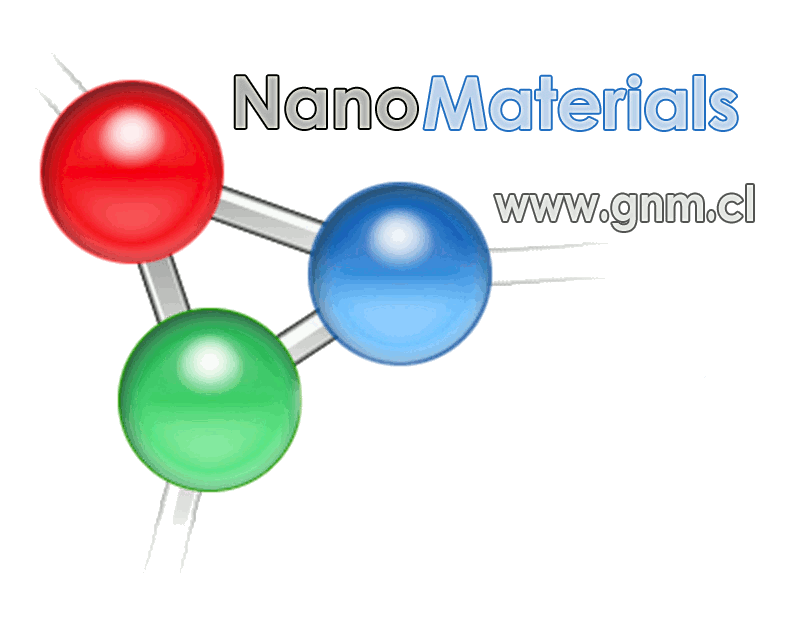Nanoindentation Project
weekmenu | week1 | week2 | week3 | week4 | week5 | week6
Creating the sample
We begin the project by building and thermalized the sample. The sample characteristics are:
- Material: Copper.
- Number of replicates: 30 x 30 x 15.
- Output: xyz, saved each 500 steps.
- Number of steps: 50,000.
- Potential: Sutton-Chen (Paper with potential parameters newwin pdf. Remember to check the functional form of the potential).
- Initial temperature: room temperature in kelvin.
- Thermalization: room temperature in Kelvin. Use the best result obtained for the each variable in the previous exercise. Run the thermalization during the first 20,000 steps.
- Save: steps, temperature, pressure and all energies, each 1 steps.
- Integrator: beeman.
- Cell manager: linkedcell, mode auto.
Run the simulation! this simulation will take more or less 2 days!! We will have to wait and prepare the other part ;)
See you simulation!!
Upload temperature and pressure grahp:
Are we ready for use the last configuration after the thermalization process?
For obtain a better result in the pressure, we will do a new simulation. We will do the same that the first simulation, but this time we will not use periodic conditions in Z axis.
Run the simulation!!
Upload the results :)
Are there differences with the first simulation?
Displays the xyz output file!!
Obtain the last configuration of the xyz output file:
$ lpmd-converter -i xyz:file=Cu.xyz,external=ignore -L 108.3,108.3,54.15 -o xyz:file=end.xyz,start=99,each=1,end=99
Using filters: creating the indenter

Now we will create the indenter!! we will do a proyectil shape of copper too. How do you think that you can create this? you have all the tools that you need for make this, please think for a while and start a create the control file for that.
The indenter:
- is a copper material
- have the quarter of the length of the x and y axis of the sample to be indenter.
The output file of the indenter have to be xyz file.
When you are ready, run and visualize the indenter!! :D
Coupling the sample and the indenter
Now we will put together the sample and indenter in one file. But after we will do some modifications in the position of the indenter. We want the indenter is in the middle of the sample:

So, the size of the new cell are bigger, but only in z axis, you can propose the cell size and the distance in z axis between the indenter and the sample ;). In order to center the indenter you can use:
prepare displace x=?? y=?? z=??
in the control file, use the output file in xyz. Now run the control file with:
$lpmd-converter balldisplace.control
Now you can put together the sample with the indenter in a new xyz file. Display the result with vmd or lpmd-visualizer programs, see if this are correct.
Join in a new xyz file the sample and indenter files. visualize it and upload a picture of this:
Preparing the control file for nanoindentation!!
You have the input file ready!!, so now we can do the input file for run a nanoindentation simulation!! :)
These are the characteristic that we will put to the system:
- a new cell more bigger in z axis
- periodicity in x and y axis
- the last layers of atoms must be fixed, you can choose the value!! :) and put white color of these atoms.
- the indenter will have a constant velocity of 40 m/s during a specific time.
- The indenter have to be white.
- use the same potential, integrator and cell manager that the thermalization simulation.
- the number of step will depend of the velocity of the indenter.
writte the input file that you have been created!! Indentation file
See the figure!!

Analyzing the output file of simulation
I have filtered a number of configurations to make the analysis more quickly. The file name is final-120config.lpmd
Please look the simulation with lpmd-visualizer!! It looks very good :)
I.- Profiles
What type of analysis you think we should do?
Well, you can see the atoms that are in the center of the sample have more velocity when the indenter moves. How can you prove that this is true?
I propose to calculate the following profiles:
- temperature
II.- Color and movies
when you finish this, color the output file depending on temperature. Then visualize the new output file!! :)
There are two things we can do now:
- See how look this simulation if we take half of the box. Please do it and display the simulation! :)
- We must decide if we make a video or two. We will use
lpmd-plotterfor make the movies!. After to runlpmd-plotterwe have to see withlpmd-visualizerwhich is the side that we want to show. - Colored movie of number of neighbors (CoordNum), we must first calculate the property and colors:
$lpmd-converter -i lpmd:file=centralcylinder.lpmd,level=2,extra=rgb -r -c linkedcell:mode=auto,cutoff=15.0 -u propertycolor:property=neighbors,min=5,max=12,cutoff=2.8 -o lpmd:file=new.lpmd,extra=rgb -O optimize-simulation=false
This means: the atoms that have less neighbors (5) will take the blue color, and the atoms that have all the neighbors (12 in fcc) will take the color red.
Now we will filter the output file, we will show the half cylinder and we will make a movie of this. First you do a control file to filter:
input module=lpmd file=new.lpmd
output module=lpmd file=final.lpmd level=2 extra=rgb
set optimize-simulation false
use linkedcell
mode auto
cutoff 15.0
enduse
filter box x=0-54.15 y=all z=all
run it!!
$lpmd-converter ----.control -r
With lpmd-visualizer choose a good view for the camera.
$lpmd-visualizer -i lpmd:file=final.lpmd -u lpvisual:paused=true,radius=1.0 -r -O optimize-simulation=false
Now we have to make a movie of this, make a control file:
input final.lpmd
antialias true
cameraLocation <117.404,36.1882,76.0646>
cameraUp <-0.425565,0.0626337,0.902758>
cameraLookat <54.15,54.15,45.0>
background <1.0,1.0,1.0>
camera perspective
radius 0.9
box true 0.1 <0,0,0>
povfiles keep
size 640x480
logo SouthEast "Cupper nanoimpact - Hanna"
movie 12.0 final-movie.avi avi
run it!!
$ lpmd-plotter movie.control -r
III.- Pair distribution function (gdr)
We will calculate the pair distribution function over a section of the central cylinder:
input module=lpmd file=../centralcylinder.lpmd level=1 set optimize-simulation false filter cylinder origin=<54.15,54.15,54.15> endpoint=<54.15,54.15,40.15> rmax=20 rmin=0
This section is affected directly for the indenter.
and we will calculated an average over some configurations in order to obtain a soft plot, between:
- 1-15
- 60-75
- 90-120
like this:
use gdr
bins 200
rcut 10.0
average true
output gdr1-15.dat
enduse
use linkedcell
mode auto
cutoff 20
enduse
cellmanager linkedcell
property gdr start=1 end=15 each=1
do the same for the others ranges. Run it!!
$nohup lpmd-analyzer gdr1-15.control -r &
Plot the three output files in one graph.
Comment Part!
''.Keep(str_replace(array('$Chrono','$PostTo','$AccessCode'),
array('chrono','',RandomAccess()),
FmtPageName($GLOBALS['CommentBoxFmt'],$pagename)))







